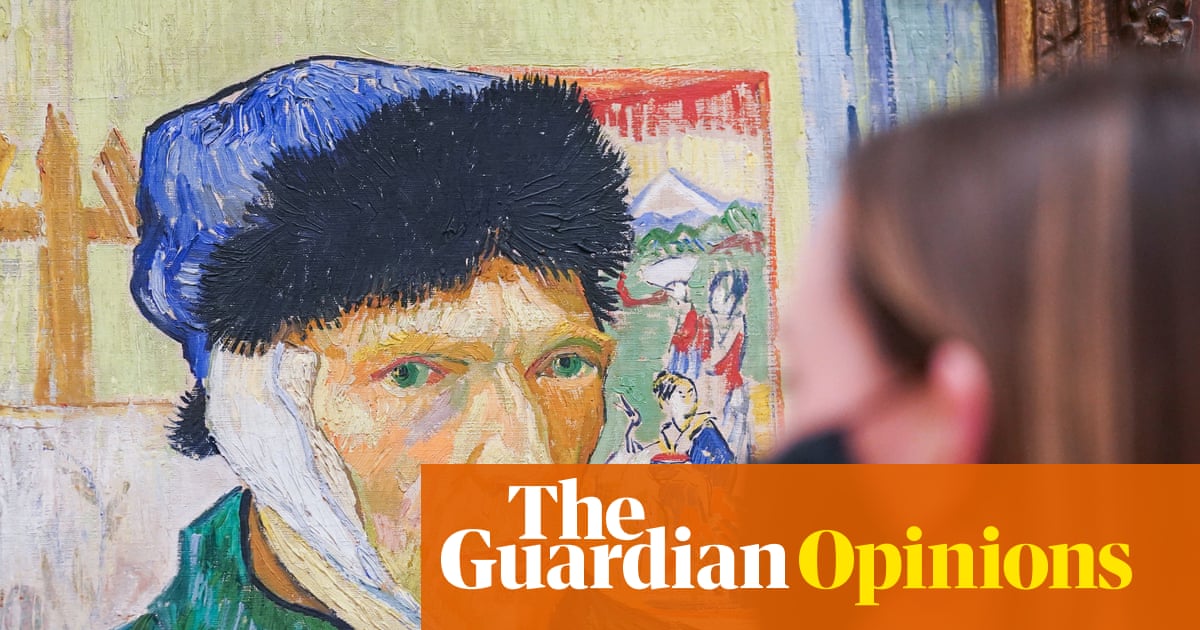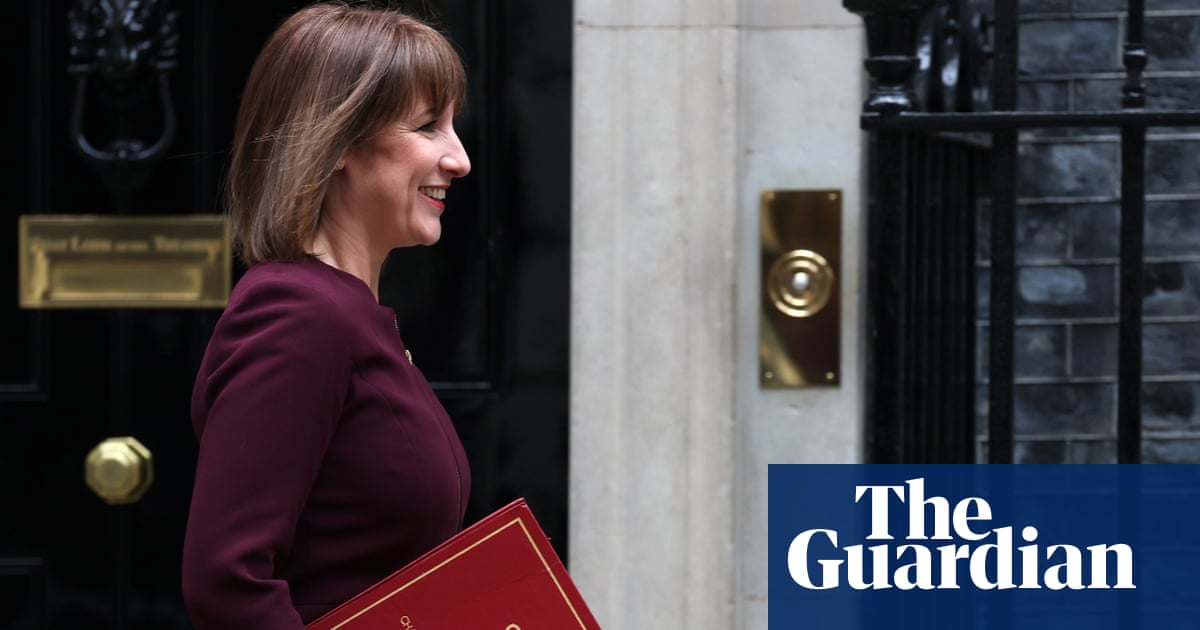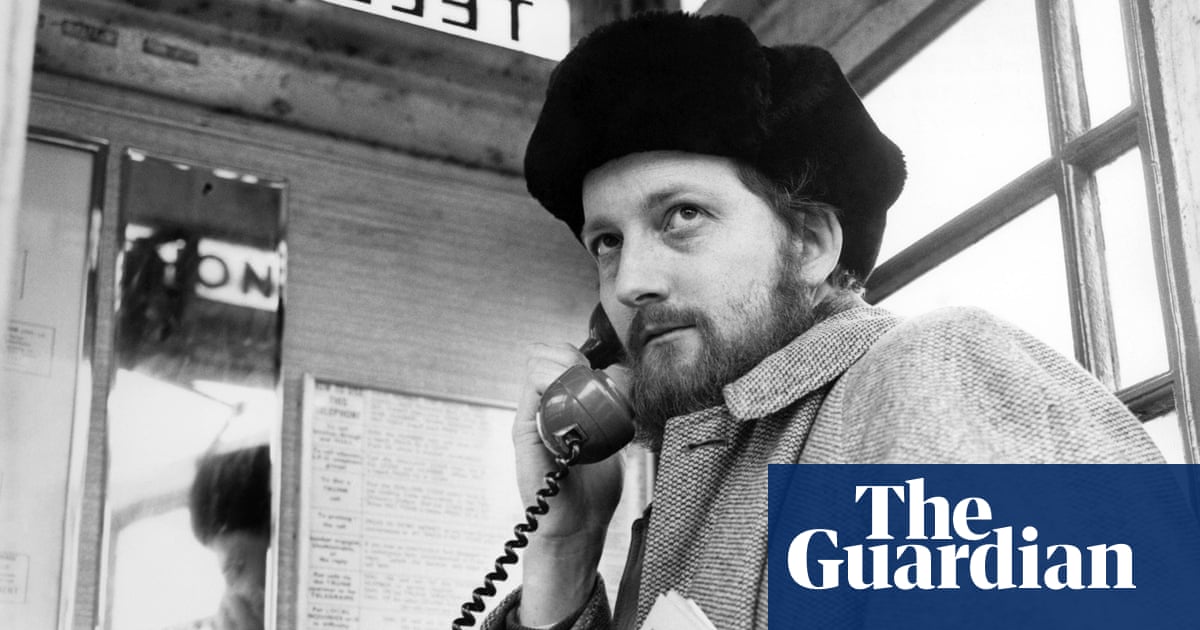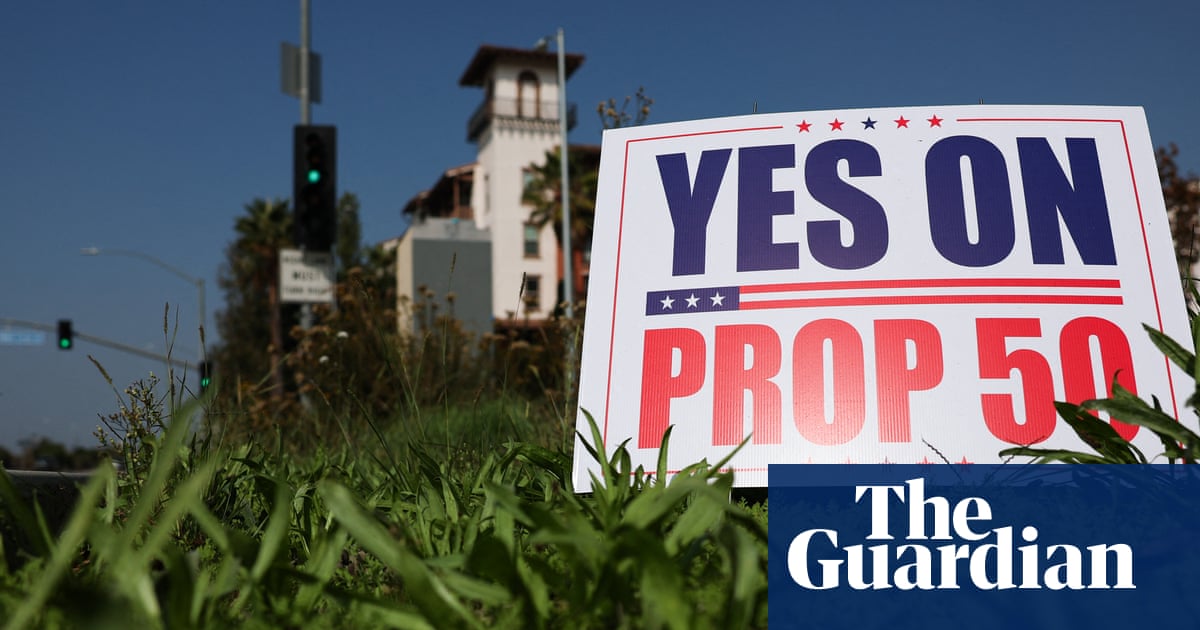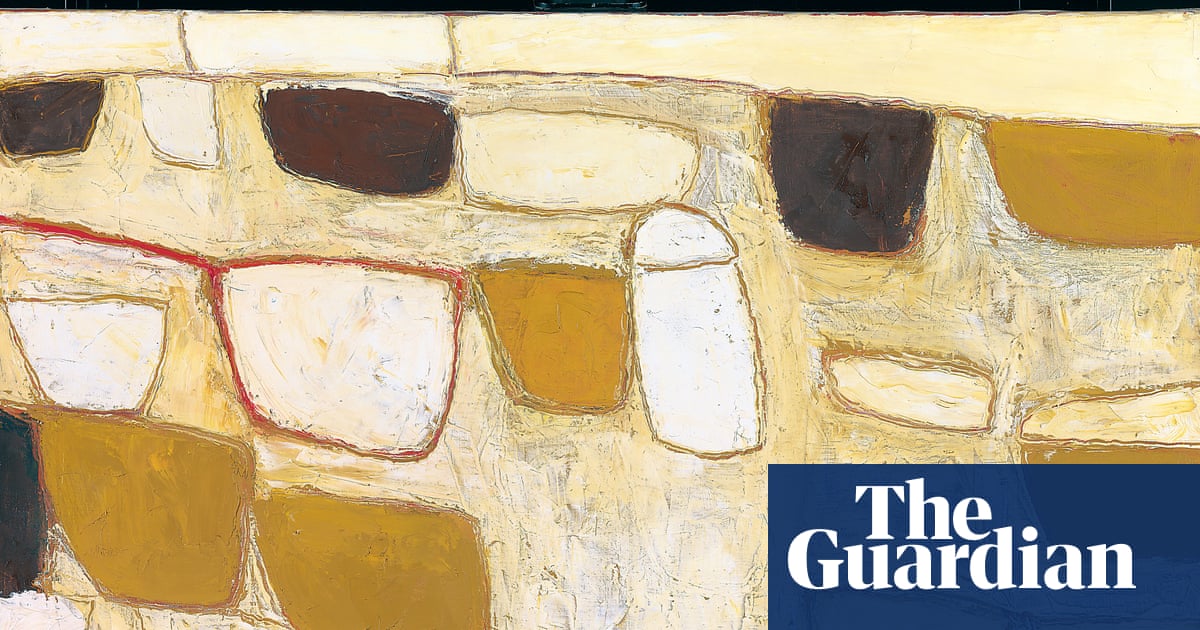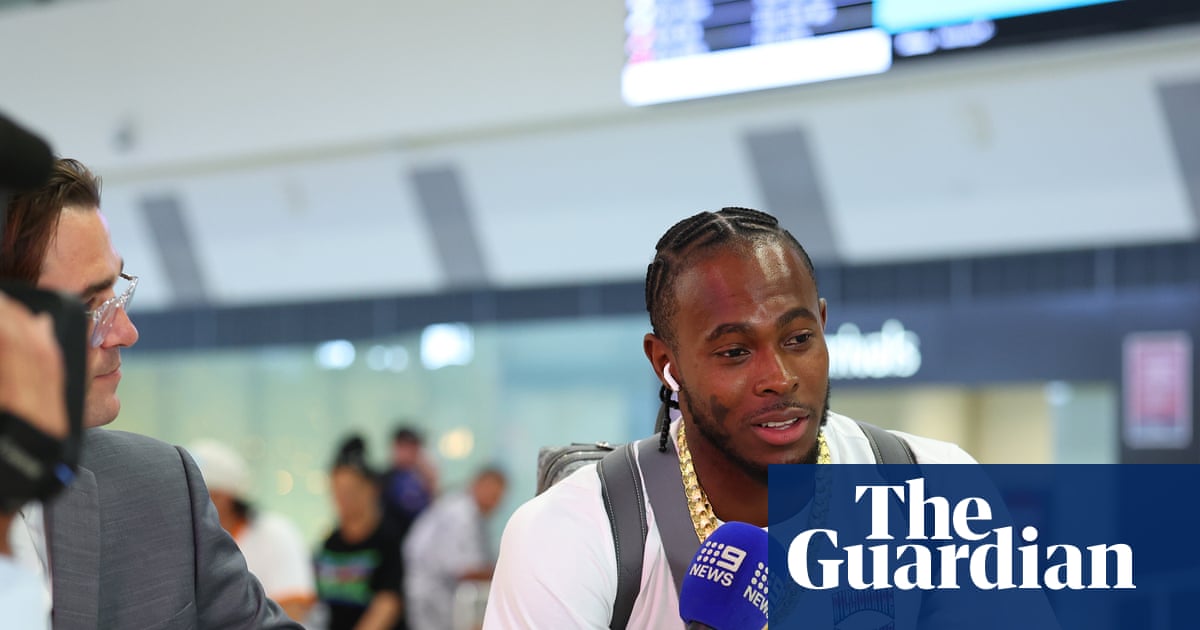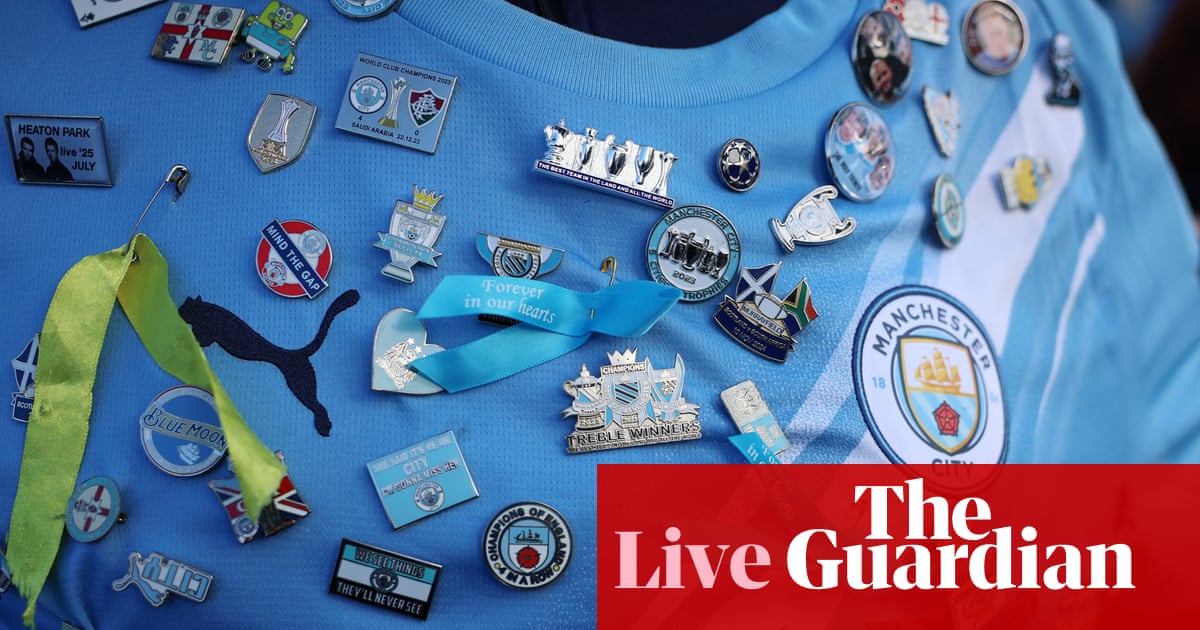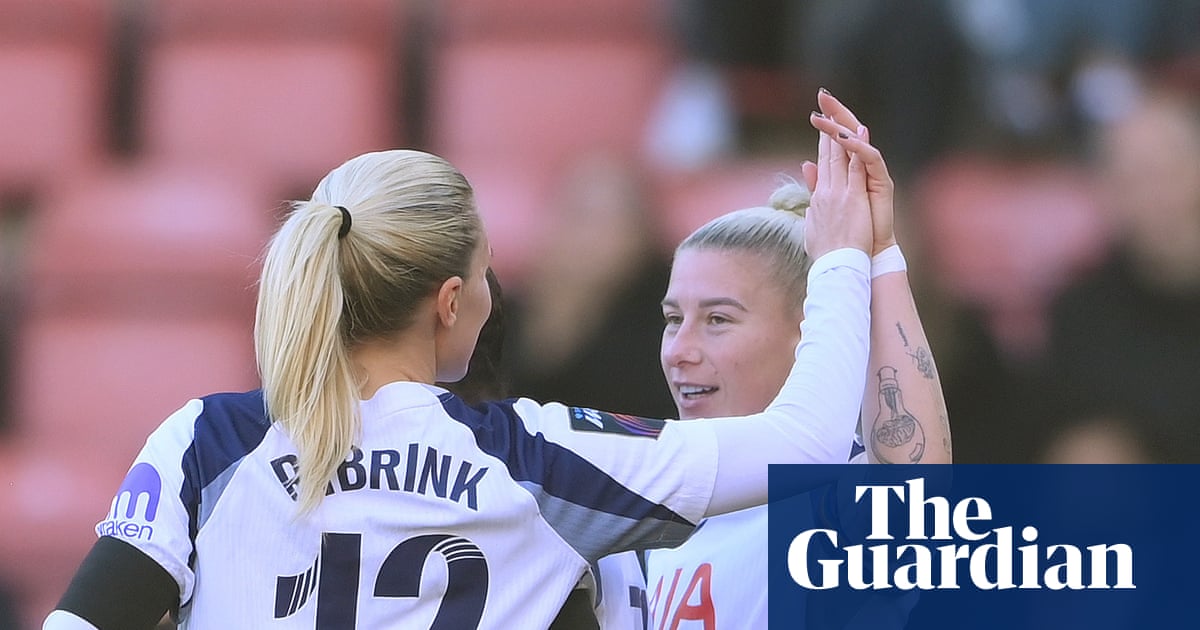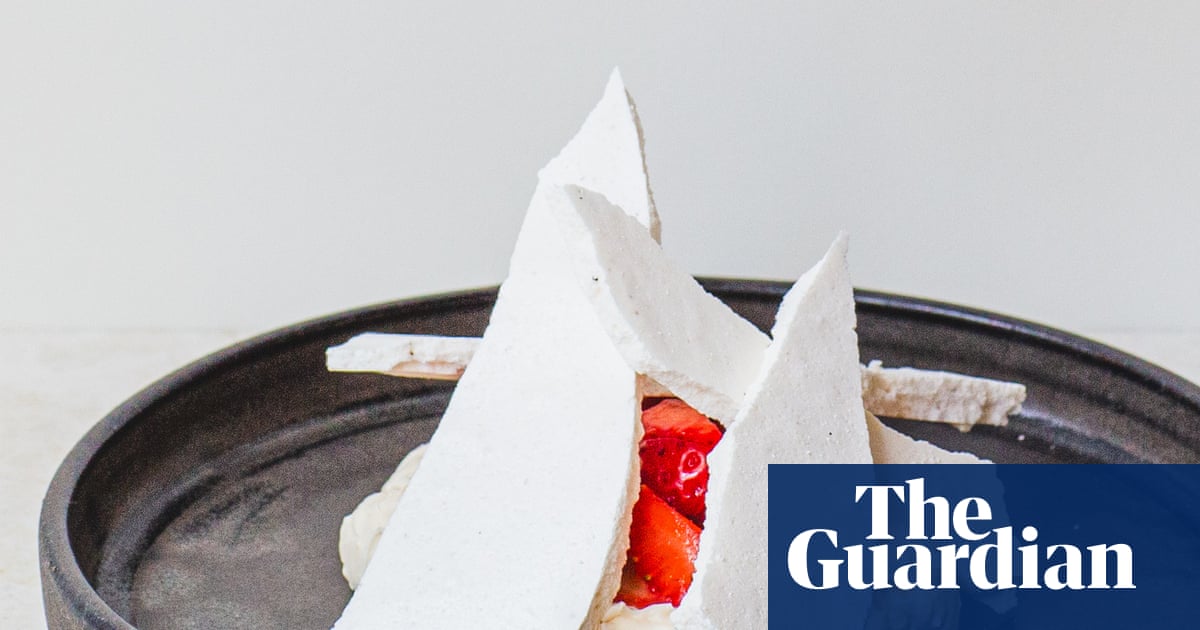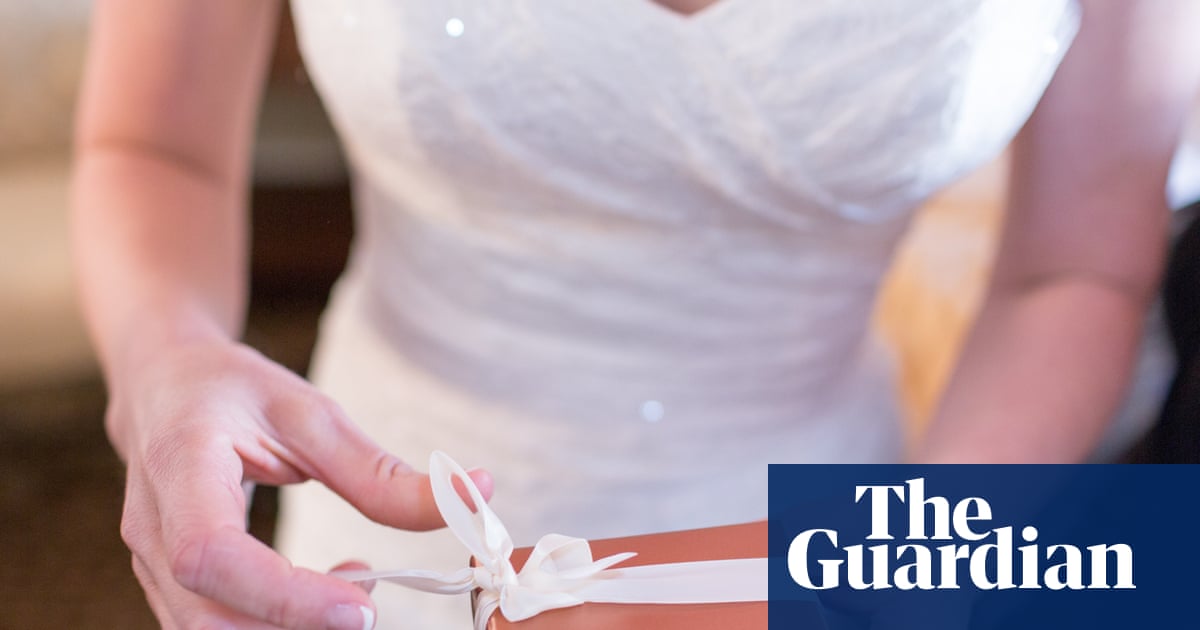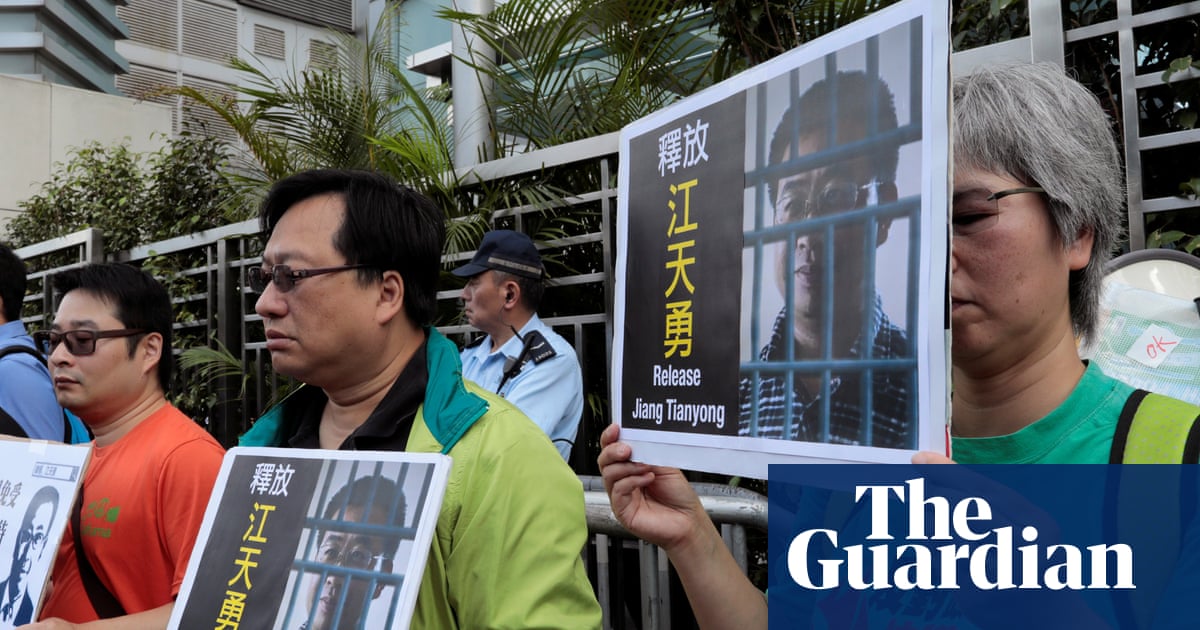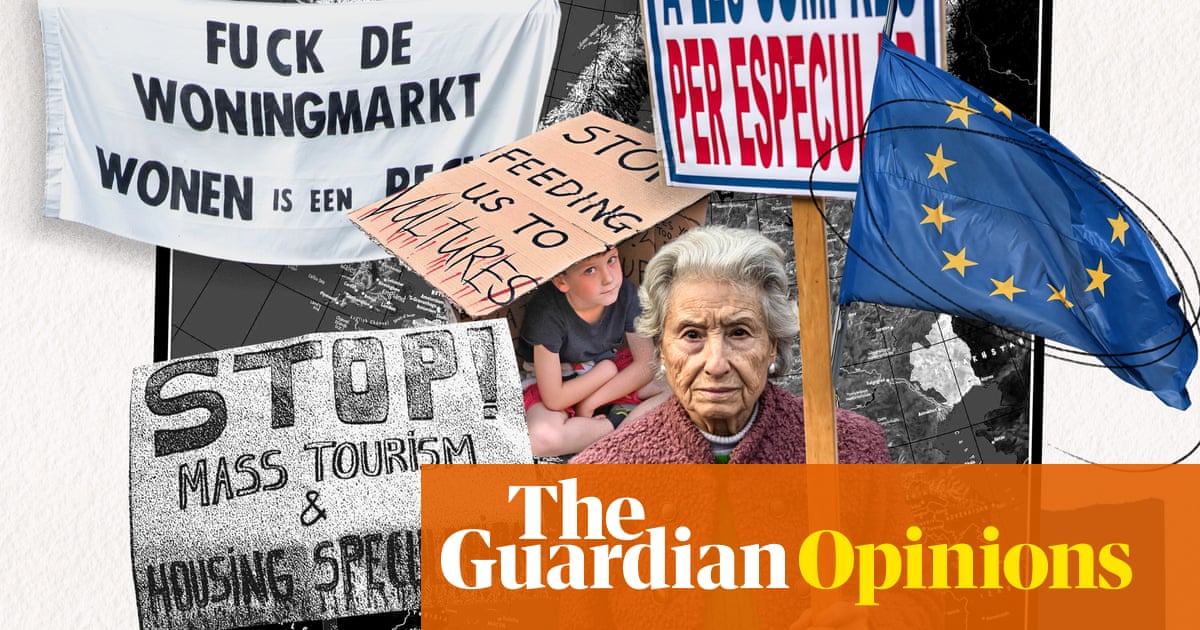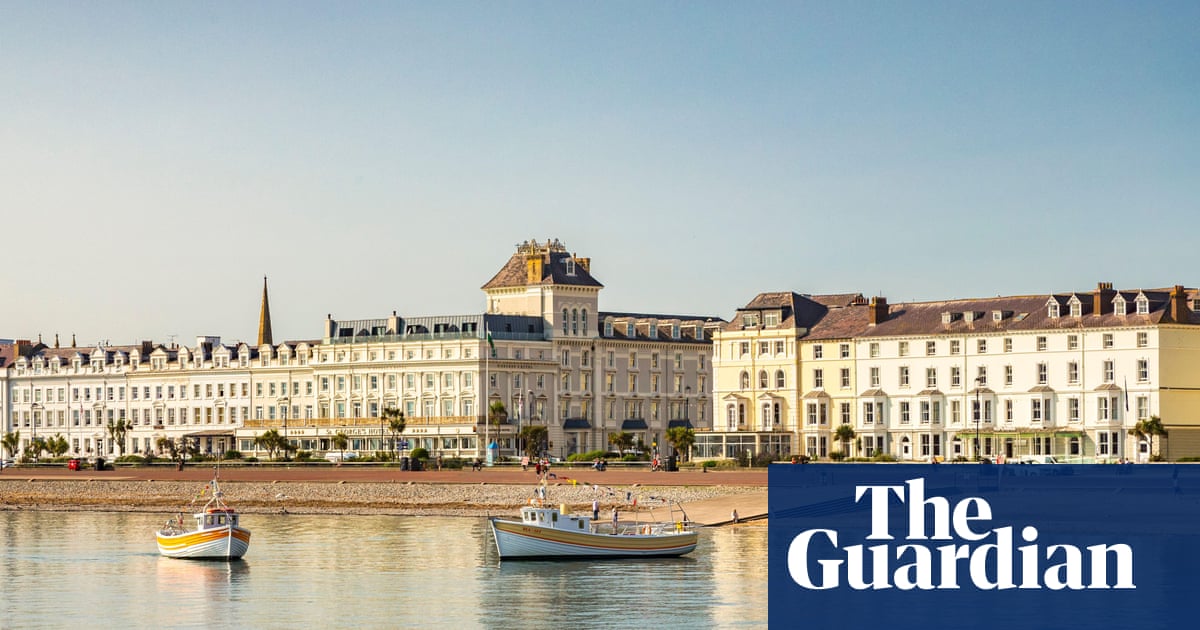The headline act on day four of New York fashion week had all the hallmarks of a typical designer catwalk, including a pulsating soundtrack and a front row peppered with Hollywood stars. However, there was a twist. Instead of a luxury brand staging the show on Sunday, it was the high street label Cos.
The Swedish label, founded in 2007 by the H&M group, welcomed guests including the British actors Jodie Turner-Smith and Naomi Watts as well as the singer Lauryn Hill to a former 1890s rope factory in Brooklyn.
Now used as a warehouse space, the brand had erected a vast cracked concrete-effect catwalk around which were rows of steel benches. The brutalist style also extended to the clothing, with a colour palette of metal greys and charcoal. Oversized coats ranging from cashmere to leather were tightly cinched with skinny belts. Trousers pooled around glove-like leather shoes, while lapels on shirts and jumpers were knife sharp.
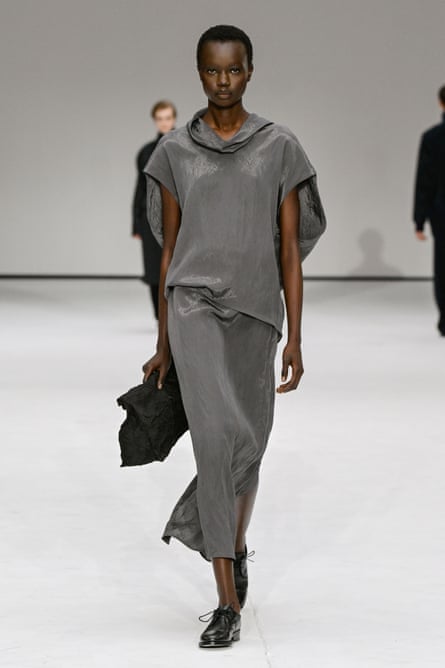
Sandwiched between heritage American brands such as Ralph Lauren and Coach, the appearance of Cos on this week’s schedule reflects a wider attempt by the high street to move beyond its fast fashion reputation.
On Thursday, Cos’s sister brand H&M, will kick off London fashion week with a show styled by Katie Grand, a British creative director who regularly works with Marc Jacobs and Prada, and starring the Vogue models Alex Consani and Paloma Elsesser. In August, Topshop returned to the catwalk after a seven-year absence with a show in Trafalgar Square that featured Cara Delevingne.
Joy Montgomery, the shopping editor at British Vogue, says high street brands are under growing pressure to win customer loyalty, a feat that is “becoming increasingly tough when you consider headwinds such as the cost-of-living crisis, high-street closures, and the stratification of the market between ultra-fast fashion and ultra-high-end luxury. The middle-ground is where the battle is being fought.”
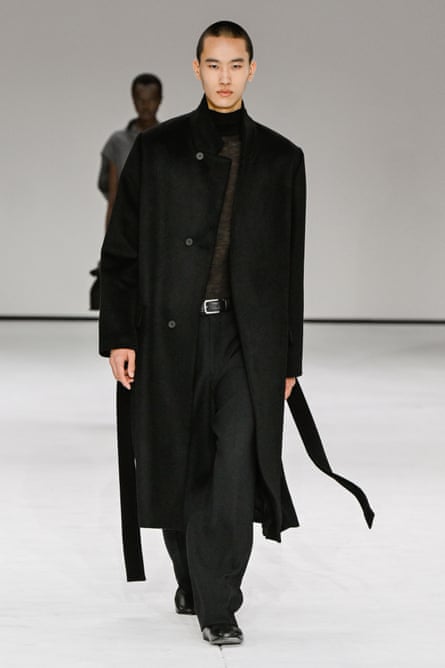
This type of “luxe-washing” also extends to high street brands collaborating with designers and celebrities. Zac Posen, who carved out a name for his eponymous label by dressing Rihanna and Sarah Jessica Parker, designs for Gap. Uniqlo’s creative director is the ex-Chloé and Givenchy designer Clare Waight Keller, best known for designing Meghan, the Duchess of Sussex’s wedding dress. Meanwhile, Zara has partnered with everyone from Kate Moss to Stefano Pilati, and Mango has worked with Victoria Beckham, a trend spearheaded by H&M when it launched its first collection with Chanel’s Karl Lagerfeld in 2004.
While Cos’s catwalk pieces are typically higher than its main collection, they are still a fraction of the price of designer brands. Sunday’s show included a leather funnel-neck top for £299 and draped midi skirt that costs £229. There were also several four-figure coats, including glossy pony hair and collarless shearling versions.
While Cos previously demarcated its catwalk collection from its main line in stores by using the sub-brand Cos Atelier, this season the brand decided to drop the name.

Speaking before the show, its creative director, Karin Gustafsson, who has been with the brand since its inception, said it was to avoid customer confusion. “All our work is about making the best type of product. Everything we do is rooted in craft and innovation, so having a special label didn’t make sense.”
While higher prices and limited availability are part of the perception of luxury, often the care labels on high street brands tell a different story. Synthetic fabrics such as petroleum-derived polyester and nylon are frequently listed.
Montgomery says while catwalk shows can “cut through the noise of online marketing”, it is “by no means a one-size-fits-all solution. There is a risk that it becomes just another gimmick for brands to jump on without consideration or strategy. “Consumers are more tuned into authenticity than ever before, and all it can take is one wrong move for their loyalty to be placed elsewhere.”
after newsletter promotion
Gwyneth Paltrow’s label rebrands
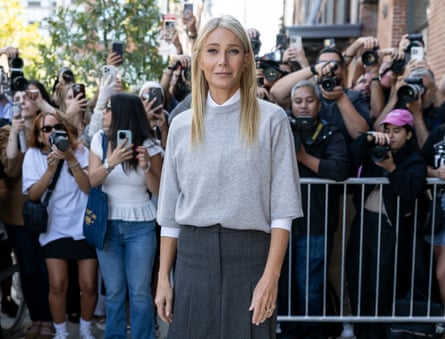
Earlier in the day, Gwyneth Paltrow held a presentation at a design gallery in Tribeca to launch her rebranded fashion label. Previously known as the G Label and sold on her wellness and lifestyle website, Goop, it is now named Gwyn.
The rebrand comes as part of a wider reconfiguration at Goop, the company she founded in 2008. Last year, it laid off 18% of its 216-person workforce and reduced its wide-ranging product lines to focus solely on fashion, beauty and food.
While Goop is regularly mocked, Paltrow understands the power of marketing and regularly plays into its controversies. Stunts include a “This smells like my vagina” candle and recommending a $15,000 24-carat gold-plated vibrator in its annual gift guide.
The Gwyn collection, however, is gimmick-free. Echoing the soft, power dress code she honed during her 2023 Utah court case, it consists of cosy knitwear and softly tailored pieces.
Paltrow said chunky jumpers and splash-proof barn jackets were influenced by her time spent living in England but that her style ultimately remained rooted in New York. “I have a style that hasn’t changed that much. I was raised on the Upper East Side, mixing preppy button-downs with my own stuff, so my clothes still reflect that to this day.”

.png) 1 month ago
43
1 month ago
43


